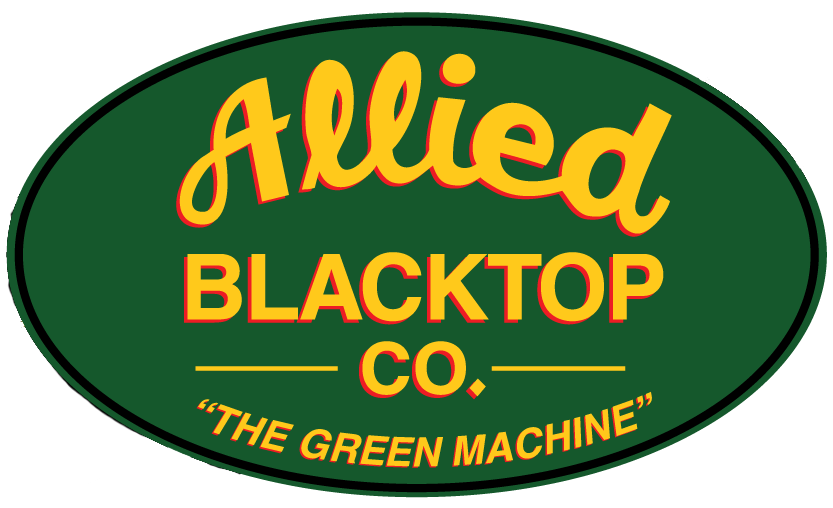The mill and patch process: Asphalt patching built to last.
When deterioration is severe but complete asphalt replacement is not needed, it’s time to mill and patch. With this process the top layer of asphalt is ground down (milled) and cleaned thoroughly to ensure adhesion with the bonding material and patch. In low, cracked or deteriorated areas, asphalt is milled to a level that will integrate the patch with concrete gutters, loading docks or any other structures. CSS1H tack material is applied to create a seamless bond with the patch. Tightly alligatored and raveling blacktop generally requires mill and patch repair prior to an overlay or seal coat. The mill and patch process may also be used to resolve water flow issues.
Other types of asphalt patching:
Skin patch asphalt repair
The skin patch process, just as the name sounds, involves laying on a thinner skin of asphalt without milling or grinding down the underlying layer. It is used to build up low areas prior to applying an overlay or seal coat. It is also used to resolve water flow issues or to minimize ruts and uneven asphalt. Again, proper cleaning and preparation is the key to secure adhesion and the Allied crew is thoroughly trained on all aspects of prepping a surface for a new skin patch. Asphalt skin patching is an ideal solution if deterioration is caught early and does not involve the underlying base.
Pothole patching
We’ve provided pothole patching services for our municipal and commercial customers for many decades. Our pothole patches are built to last through rugged use and extreme temperatures — after all, we’re based in Minneapolis, Minnesota and we know weather!
Infrared patching
We recommend infrared patching for superficial repairs such as touching up a seam between pavement mats or correcting surface imperfections. Infrared patching is a fast, cost-effective method that works well for minor surface repair.
Patch it or seal it? Ask the asphalt experts!











